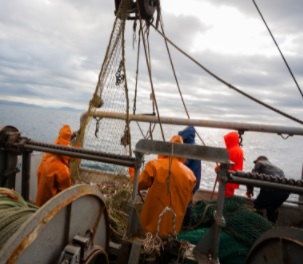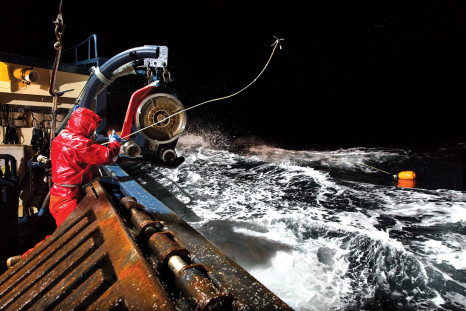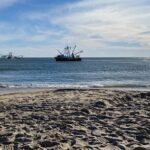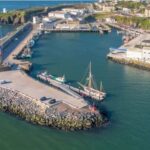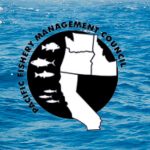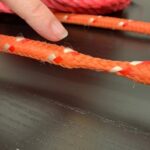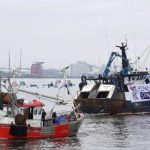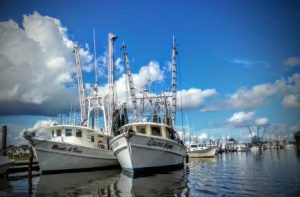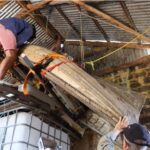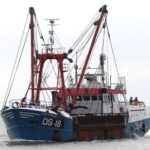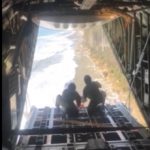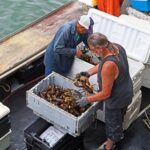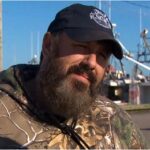Tag Archives: National Institute for Occupational Safety and Health
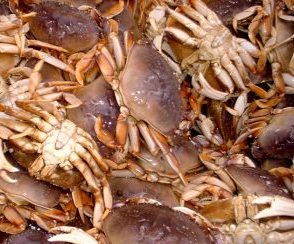
Grant: Researchers to find ways to prevent injury in the Dungeness crab fishery
The grant from the National Institute for Occupational Safety and Health, totaling $895,000 over the next three years, will allow OSU professors Jay Kim and Laurel Kincl to build on existing research with the Dungeness crab fishing industry, where workers suffer high rates of both fatal and non-fatal injuries. For their upcoming study, Kim and Kincl will look specifically at the configuration of the “block,” the mechanized winch that pulls up the line of crab pots out of the water and swings them into the boat; and the crab sorting table, where crabs are sorted after being brought up from the water. >click to read< 18:18
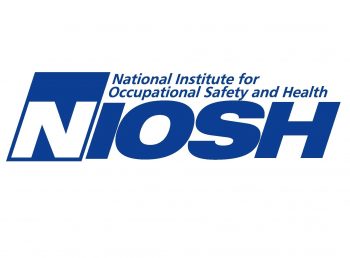
NIOSH Announces Availability of $6 Million in Commercial Fishing Safety Research and Training Grants
The National Institute for Occupational Safety and Health (NIOSH), in partnership with the U.S. Coast Guard (USCG), announced the availability of $6 million dollars in grant funding for commercial fishing safety research and training. The grants, which are supported and administered by NIOSH, will provide funding to qualified individuals in academia, members of non-profit organizations, municipalities, and businesses involved in the fishing and maritime industries. The funding will support research on improving the occupational safety of workers in the commercial fishing industry and critical training for this high-risk occupation. >click to read<10:52
How Bering Sea crab fishing was made safer
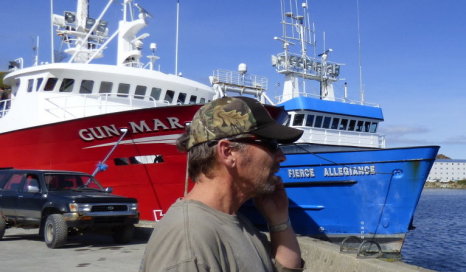 The dangers of the Bering Sea crab fishery have been made famous by the reality TV show “Deadliest Catch.” But in the last 15 years, that industry has become much safer, in large part thanks to collaboration between industry, scientists and regulators. Read the rest here 12:29
The dangers of the Bering Sea crab fishery have been made famous by the reality TV show “Deadliest Catch.” But in the last 15 years, that industry has become much safer, in large part thanks to collaboration between industry, scientists and regulators. Read the rest here 12:29






